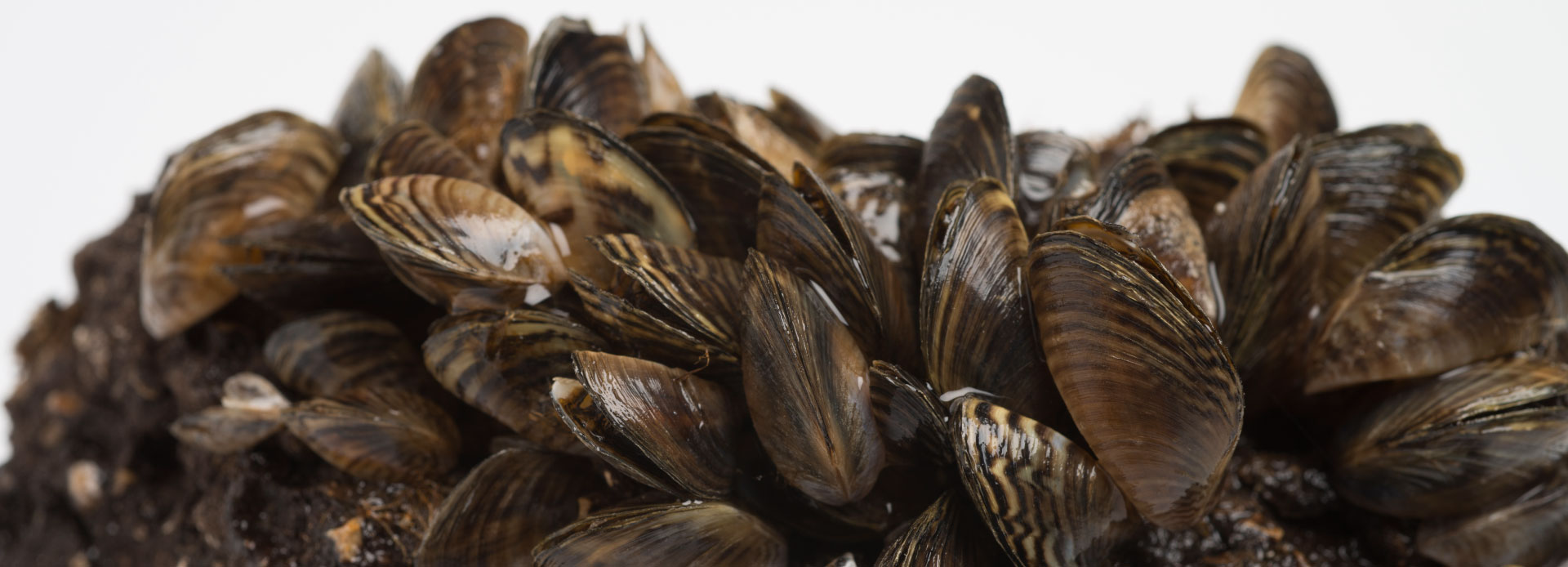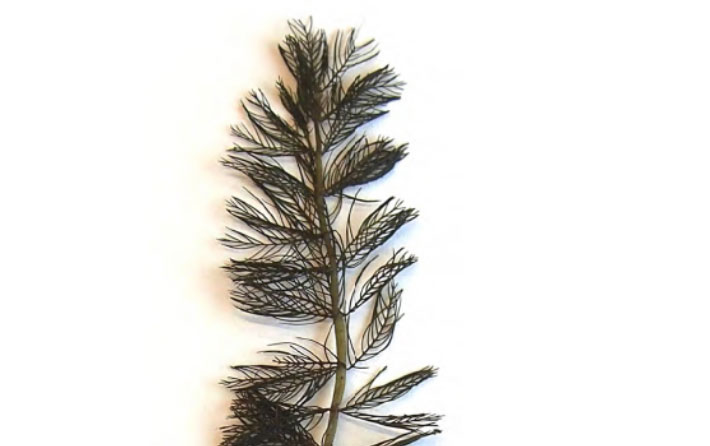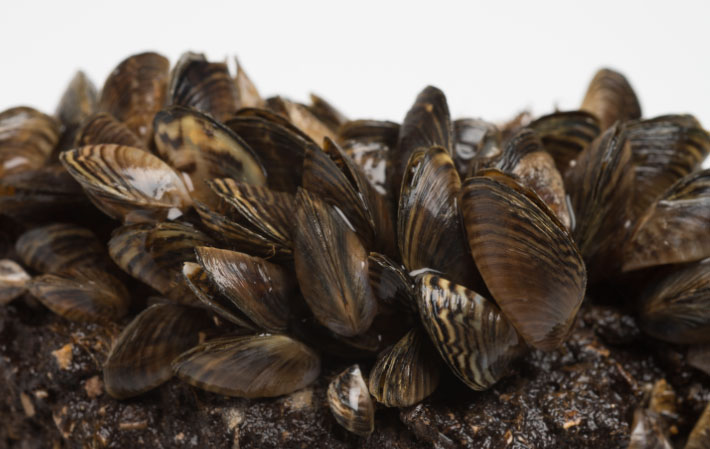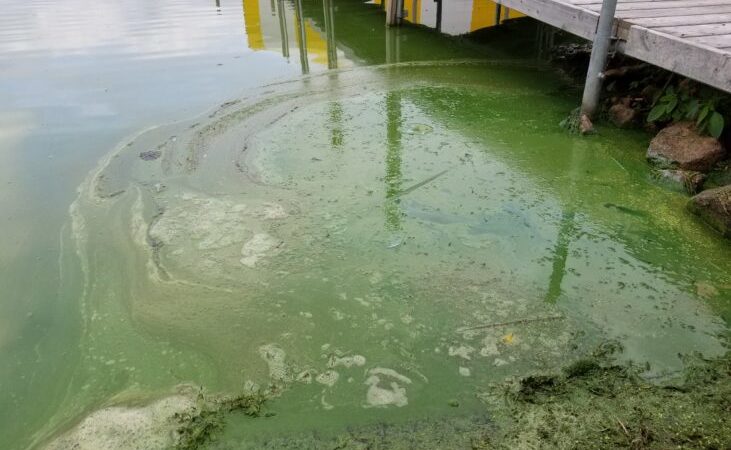Can you prevent harmful blooms?
We cannot control the weather, but we can reduce the amount of nutrients introduced into the water through run-off. Learn more about Lake-Friendly Landscaping.
When in Doubt, Stay Out
Because you cannot tell by looking at blue-green algae whether it is toxic or not, it is best to avoid swimming or otherwise recreating in areas with algal blooms. If you or your pet are exposed to an algal bloom, be sure sure to rinse off with fresh water immediately.
For more information about possible health effects and the risk levels of different recreational activities, visit the MN Pollution Control Agency website.
Other Common Types of Algae
-Bryozoans- View MN DNR webpage
-Algal Blooms, Scums, and Mats in Ponds including Filamentous- View University of Arkansas



